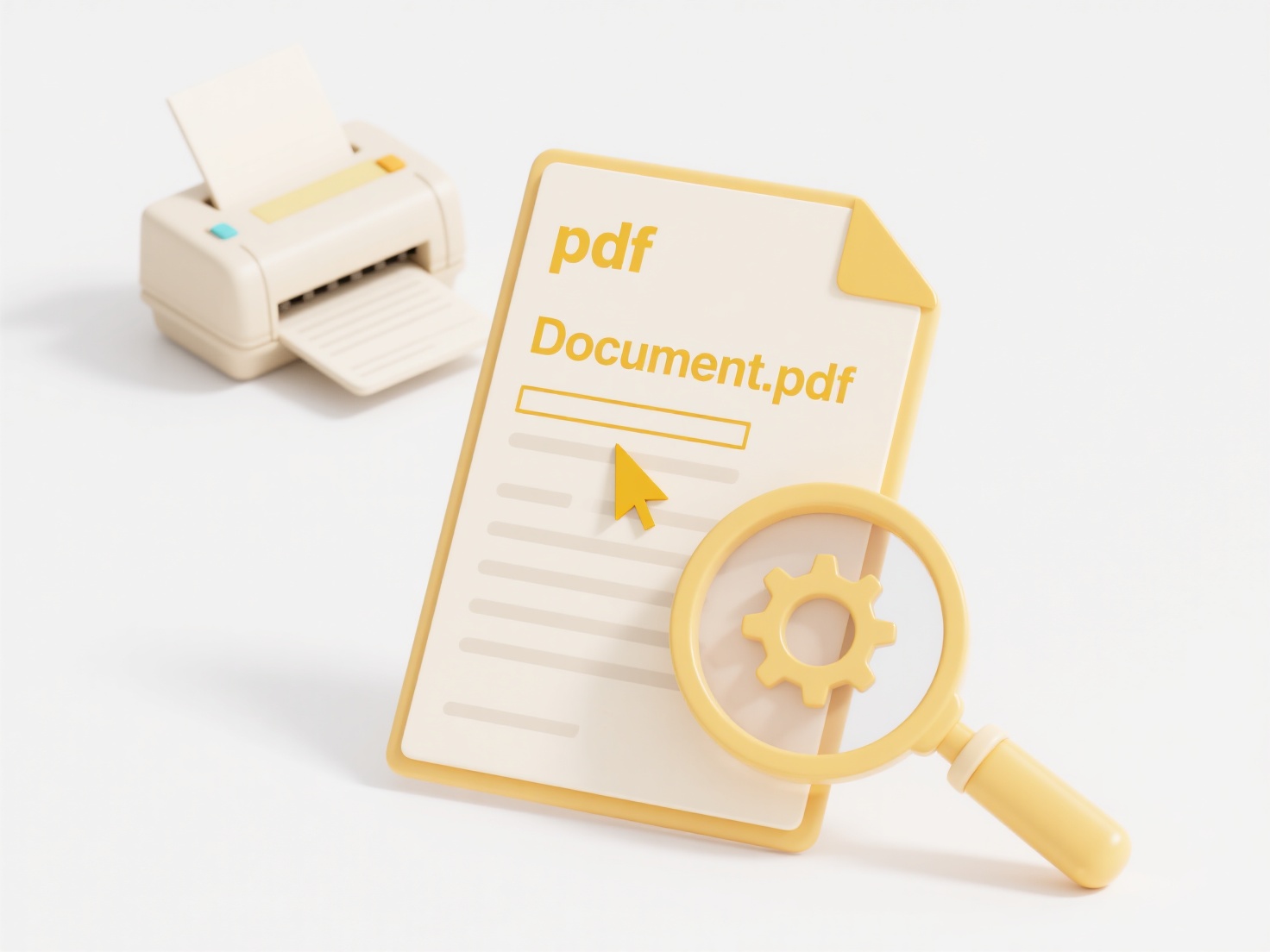
Password protection is a security measure applied to digital files to restrict access only to those who know the correct password. It functions like a lock on a physical container, encrypting the file's contents so that it becomes scrambled and unreadable without the key (the password). This is different from simply having a login for an account or device; the protection travels with the file itself, securing it wherever it goes, even if it's shared or copied.
For example, a company might password-protect a confidential financial report before emailing it internally, ensuring only authorized personnel in the finance department can open it using tools like Microsoft Word or Adobe Acrobat's encryption features. Similarly, an individual might protect their tax return PDF using a password before storing it on a cloud service, preventing unintended access if the cloud account was compromised.

The main advantage is enhanced confidentiality, preventing unauthorized access to sensitive personal or business data. A key limitation is the risk of losing the password, which typically makes the file permanently inaccessible. While effective, password strength is critical; weak passwords can be cracked. Password-only security also doesn't provide the same level of traceability or management features as centralized systems. Future developments include integrating stronger multi-factor authentication directly into file access workflows.
Why do I need a password to open this file?
Password protection is a security measure applied to digital files to restrict access only to those who know the correct password. It functions like a lock on a physical container, encrypting the file's contents so that it becomes scrambled and unreadable without the key (the password). This is different from simply having a login for an account or device; the protection travels with the file itself, securing it wherever it goes, even if it's shared or copied.
For example, a company might password-protect a confidential financial report before emailing it internally, ensuring only authorized personnel in the finance department can open it using tools like Microsoft Word or Adobe Acrobat's encryption features. Similarly, an individual might protect their tax return PDF using a password before storing it on a cloud service, preventing unintended access if the cloud account was compromised.

The main advantage is enhanced confidentiality, preventing unauthorized access to sensitive personal or business data. A key limitation is the risk of losing the password, which typically makes the file permanently inaccessible. While effective, password strength is critical; weak passwords can be cracked. Password-only security also doesn't provide the same level of traceability or management features as centralized systems. Future developments include integrating stronger multi-factor authentication directly into file access workflows.
Quick Article Links
What happens if I edit a shared file while offline?
Editing a shared file offline means making changes to a copy stored on your device while it lacks an internet connection...
How do I detect cloud sync issues proactively?
Proactive cloud sync issue detection involves identifying potential problems before they impact users or workflows. It d...
How do I share files using WeTransfer, Dropbox, or Google Drive?
Sharing files with WeTransfer, Dropbox, or Google Drive involves uploading your files to their online cloud services and...